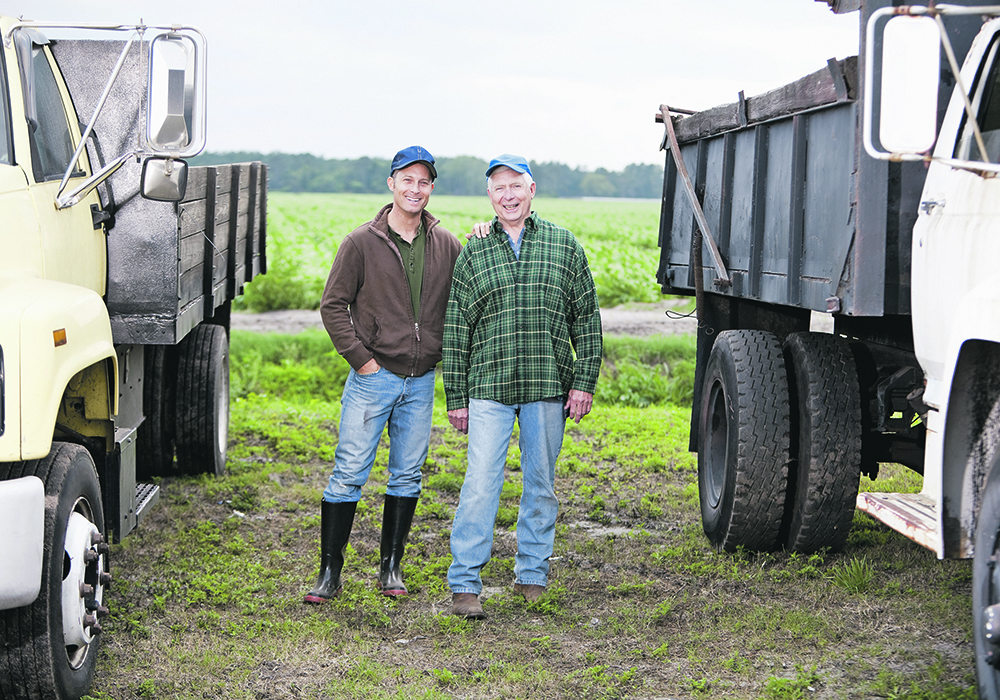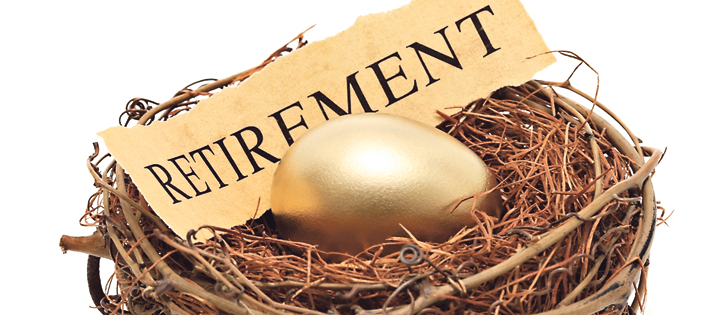Farm Credit Canada has noticed that more than half of its clients don’t know how much money they will need to retire
What may seem like a reluctance to retire and let the next generation step into the farm may sometimes be uncertainty of the unknown, said a retirement adviser.
After talking to thousands of clients across the country, Patti Durand said she and her Farm Credit Canada colleagues have seen a trend emerge. More than half of the clients don’t know how much money they need to retire.
“I ask people what they think their cost of living is and sometimes they will say $50,000, or $100,00 and I’ll say, that’s an amazingly round number. What is that based on? For years personal and farm expenses were lumped together,” said Durand.
Read Also

Using artificial intelligence in agriculture starts with the right data
Good data is critical as the agriculture sector increasingly adopts new AI technology to drive efficiency, sustainability and trust across all levels of the value chain.
“With so many farm write-offs, it is hard to know what the real cost of living will be in retirement.”
Having farm tax write-offs isn’t wrong, but it makes it more difficult to plan a post-farm life budget without the write-offs. Without accurate numbers of what it costs to live makes retirement planning a guessing game.
“You’re not going to be able to have the conversation until real numbers are known. I ask people to tease out the personal.”
Separating expenses like fuel, vehicle, licence, utilities, meals and travel are all required before an accurate picture comes into focus.
Durand recommends digging out six months to a year’s worth of personal costs from bank and credit card statements. One client went back two years because she didn’t believe their personal expenses were as high as she was finding.
Once the retiring farmers know their real cost of living, they can go to a financial planner. Using the numbers they can talk about planning for the future, which may include a new house, travel or a hobby.
‘You need to know what it costs to live. It is important to know the number because the farm children are on the hook for that. Transition is a compensation conversation,” she said.
“It is very reasonable that the farm children need to know.”
Once numbers are found, there may be a realization there is not enough income from the farm for both families to live, or the financial balance sheet is healthy enough for both families to live. Either way, decisions have to be made, possibly reducing costs, or finding ways to diversify.
“Until you do that, it is really hard to make a plan.”
Durand said knowing what the cost of living is for the new, younger farmers is also a good exercise.
“Finding your cost of living is the best place to start as soon as you start farming. It will allow you to make the best decisions. It is a good exercise for anyone.”















